-
Posts
293 -
Joined
-
Last visited
-
Days Won
10
Content Type
Profiles
Forums
Blogs
Gallery
Events
Store
Posts posted by TracA
-
-
No One,
Thank you for the magnificent information!
All the best,
Tracy
0 -
…and an example of a Greater Japan National Defense Women’s Association sash from Kyoto.
The sash is of a white linen-like cloth and is approximately 92.25 cm long and 6.7 cm wide. The true width of the sash is actually about 13.4 cm wide as it is folded over on itself lengthwise and stitched on the top, bottom, and one side. On each end is a piece of fabric twisted to be a string, one 9.5 cm long and the other 11 cm long, used to tie the sash together for wearing.
The main inscription is on the front twice in an orientation so that it can be read on the wearer’s front and back. The inscription in black is 大日本國防婦人會 for “Greater Japan National Defense Women’s Association”. At roughly the top of the sash, which would rest on the wearer’s shoulder, and between the two 大 is a red outlined cherry blossom badge with a red kanji inside that I absolutely cannot read.On the inside at one end near the bottom is 分會 for “Branch Association”, although the kanji on the sash is the old/traditional form of 分. On the inside at the other end near the bottom is 京都地方本部 for “Kyoto Regional Headquarters”. Below this near the bottom right corner stamped in black is a rectangle with a central column of six kanji with an additional two kanji on each side. I believe this is the maker’s mark but I cannot read all of it. On the right side is 京都 for “Kyoto”; on the left side is 五? for ?; the central column is 白井手?店製 for “? manufactured”.
Tracy
Front and back of the sash:
Red outlined cherry blossom badge with ? inside:
On the inside at one end near the bottom:
On the inside at the other end near the bottom:
Finally, what I believe to be the maker’s mark:
0 -
-
This was all that I could find: https://asiamedals.info/threads/unidentified-inner-mongolia-medal.24462/. Perhaps JapanX will weigh in with more up to date information.
Tracy
0 -
Tony,
Wow, what a juxtaposition for those rabbits.
Tracy
1 -
Tony,
What great additions. I especially like the second and fifth. "Poor rabbit". Magnificent!
All the best,
Tracy
1 -
The second of the two Otani Women’s Association Merit Badges that I picked-up is the gorgeous Sakura Merit Badge. Most surprising to me, however, was the size of the lacquered case and the kanji on the lid. Oh, and the tiny satin pillow that came with it. I will do my best to describe all of the salient features below.
It is an impressive looking award in a very impressive case.
Tracy
The badge is approximately 44 mm in diameter and all non-enameled surfaces are gilt, including the two smooth “leaves” pointing up and down at 12h and 6h. The obverse is enameled in white, green, dark red, and purple: purple for the central cherry blossom outline and kanji inside of it; dark red for the three cherry blossoms at 12h, 3h, 6h, and 9h; green for the two leaves between each set of three cherry blossoms; white for the background. Above the badge is an attachment approximately 19 mm wide in the design of a wreath of leaves enameled green and with a physical space between the two halves. On the obverse is a single kanji inscription: 法 for Teachings of Buddha. The reverse is finely sandblasted and gilt with a two row inscription of stylized kanji. The top row is 櫻花有功章 for “Sakura [Cherry Blossom] Merit Badge” and the bottom row is 大谷婦人會 for “Otani Women’s Association”. Finally, the ribbon is a double bow shape, alternating blue and white in the following pattern moving outward toward the edge: 5 mm blue, 5 mm white, 3 mm blue, 5 mm white, 22 mm blue, 5 mm white, 3 mm blue, 5 mm white, 5 mm blue.
The pin on the reverse is, I believe, a lock back pin.
The impressively large case is lacquered black and approximately 141 mm wide x 219 mm long x 50 mm high. Inside is a purple velour recessed medalbed and a lid liner of white satin. Included is a small satin pillow that is a roughly 73 mm square, I believe to be placed over the badge in the case so that when the lid is closed the badge doesn’t move around. On the lid in gilt are two columns of beautifully stylized, rather large kanji. The center column reads 櫻花有功章 for “Sakura [Cherry Blossom] Merit Badge” and the lower left column reads 大谷婦人會 for “Otani Women’s Association”. Finally, as a first for any closure device that I’ve seen on any lacquered case for a Japanese order or decoration or badge, this case has a heavy duty silver draw type latch. On the latch is etched the name, city, and emblem of the latch manufacturer. More on that below, but I’ll note here that the etchings are upside down when the case is right side up.The lacquered case came inside a fairly heavy duty white cardboard box with a slipcase cover and a hole on the bottom, I assume for using a finger to push the case up and out of the bottom of the box. On the edge of the slipcase lid is a gray stamped circle around the following kanji: 桜 for “cherry” or “cherry blossom”.
Obverse:
Reverse:
The satin pillow:
Lacquered case lid. Photo taken at an angle in the hopes of minimizing the reflection of the cell phone. Not completely successful, of course. Unfortunately the kanji came out fuzzy, but they are gilt and crisp and clear and beautifully stylized. The top kanji in the central column is 18 mm wide x 20 mm high!
The silver draw type latch, as the case is sitting right side up:
The draw type latch photographed with the case upside down. Yokoya, manufacturer of locks and metal accessories located in Tokyo. See http://www.yokoyakanagu.com/.
1 -
12 hours ago, Megan said:
It is common, but not universal, practice for female recipients of sash-grades of orders to use a small brooch to ensure that the sash remains where it should on the often slippery surface of an evening gown.
Male recipients either are in uniform (with shoulder straps to keep the sash in place) or evening dress (white tie/tails) where the sash is worn UNDER the jacket & so is held in place by it, and often a cut-down sash is worn which is affixed to the waistcoat with buttons rather than passing over the shoulder & down the back!
Megan,
Ahhhh, now it makes perfect sense. Thank you for the explanation.
All the best,
Tracy
0 -
I have finally picked-up two more Otani Women’s Association Merit Badges. This one is a Second Class Additional Merit Badge.
The badge is approximately 30 mm in diameter. The obverse is enameled in mustard, green, white, and red with darker silver colored (1) un-enameled edging and (2) what could be two smooth leaves at 12h and 6h. Above the badge is an attachment 15 mm in diameter in the design of a wreath of leaves enameled mustard, with an enameled white center and lighter silver colored edging and leaf veins. The reverse is sandblasted and silver in color, plain with the exception of the inscription. The ribbon is a dark green double bow.
On the obverse is a single kanji inscription of 法 for “Teachings of Buddha”. On the reverse is an inscription in two horizontal rows. The top row is 二等附加有功章 for Second Class Additional Merit Badge and the bottom row is 大谷婦人會 for Otani Women’s Association.
The box is an attractive, simple wooden one with slightly beveled top edges. It is 75 mm wide x 112 mm long x 19 mm high. The inscription is in silver kanji, with a central column of 二等附加有功章 for Second Class Additional Merit Badge and a lower left column of 大谷婦人會 for Otani Women’s Association. On the bottom edge of the lid and base is a purple stamped cherry blossom, at the very least functioning as an alignment marker.
The Second Class Additional Merit Badge is almost identical to the First Class Additional Merit Badge posted above on May 23, 2023. I have to make a correction to that post: the attachment on the First Class Additional Merit Badge is 15 mm wide, not 22 mm as I had originally stated. I really screwed that measurement up.
Tracy
Obverse:
Reverse:
Box lid:
Finally, alignment stamp:
0 -
No One,
Thank you for the kanji representation. It's always good to see a side-by-side comparison. In addition, it's great to see photos of orders in actual wear. Look at all of those 1st Class Orders!
Question: any idea what that is on the sash at the top on the right shoulder of the wearer?
All the best,
Tracy
0 -
Thank you, Nick. Also, thank you for the estimated date of issue and for the wonderful pictures of both the Emperor's and Empress' crowns.
All the best,
Tracy
0 -
Greetings,
I have always found the Order of the Precious Crown to be a stunningly beautiful award, especially in the higher, enameled classes. Although I did go after a 3rd Class cased award in a recent auction (and got smoked, I might add) I was able to pick-up this beautiful cased 6th Class via private sale. It really came into its own after the seller did some clean-up of the enameled surfaces.
I use Peterson’s Orders and Medals as my basic guide, but I always search GMIC and Medals of Asia for additional information and wonderful color pictures. While looking at JapanX’s 2013 thread https://gmic.co.uk/topic/61163-orders-of-the-precious-crown-from-collection-of-davids/ I discovered something not mentioned in Peterson: on the top “rising sun” disc of the headdress is a representation of Yatagarasu, the mythical three-legged crow (technically “eight-span crow”). Shame on me for not doing a thorough inspection of my piece with a 25X magnifying glass in good light, but after seeing JapanX’s old thread I trotted out the magnifier and there was Yatagarasu, plain as day. This kind of information really shows the power of GMIC and the users who share their knowledge and expertise.
Two notes about my piece: (1) it has a PF hallmark on the reverse at 6h (see below) and (2) the silver of the central medallion has a pleasing blue-hued tarnish to it.
I hope that you enjoy this aesthetically enchanting award.
Tracy
Obverse with rosette.
Close-up of enameled leaves. Note the silver outlines and stems.
Close-up of the wave crests. Beautiful enameling.
Although not the best picture, but the best one that I could get, there is Yatagarasu. As a bonus, in this picture the blue-hued tarnish to the central medallion really stands out.
Plain reverse. Note: the photo shows the reverse darker than it really is.
Close-up of the mark PF. I note that as of October 28, 2023 this two-letter hallmark is not listed on the Medals of Asia website.
Finally, the lacquered case lid.
0 -
I have finally gotten the time to come back to this post and finish it up. Below you will find a picture of the invitation to the Yasukuni Enshrinement ceremony that came with all of the items mentioned in my September 24th post above. The translation for the 5th, 6th, and 7th columns (from the left) come directly from Martin’s Japanese Military and Civilian Award Documents 1868 - 1945. (Atglen, PA: Schiffer Publishing Ltd., 2016) and in my laziness I didn’t even try to reproduce the kanji.
The invitation is printed on a heavy cardstock and the dark gold cherry blossom badge on the top is embossed. All kanji appear to be printed with the exception of the rank, decorations, and name of the deceased in column 8. These kanji are not as dark as the printed kanji, at least seven of them show signs of slight smearing, and some of the strokes are not as solid as the others. To me they appear to have been applied by brush and ink, definitely not pencil or pen.
It was a delight to obtain all of these pieces together and a rewarding challenge to research the items and attempt my best at the translations.
Tracy
Column 1: 遺族御中 “To the bereaved family”.
Column 2: 陸軍大將土肥原賢二 “Army General Kenji Doihara”.
Column 3: 靖國神社臨時大祭委員長 “Head of the Yasukuni Shrine Special Grand Festival Committee”.
Column 4: 昭和十八年十月 “Showa 18 (1943), October”.
Columns 5, 6, and 7: “The person stated to the right will be enshrined in the Yasukuni Shrine. This was instructed by the authority on October 14. This is to notify that a ceremony to invite the spirits [of the deceased] and an extraordinary grand festival will be held on the 15, 16, 17, 18, 19, and 20.”
Column 8: 故陸軍伍長勲八等功七級 河 原 末 吉 “Deceased/Late Army Corporal Order of Merit 8th Class, Order of the Golden Kite 7th Class Kawahara Sueyoshi”.
Regarding General Kenji Doihara: https://en.wikipedia.org/wiki/Kenji_Doihara
A search online revealed nothing about the Grand Festival Committee, its doings or make-up. I assume that the committee head was a ceremonial or honorary position, given that Kenji Doihara was an army general and at the time of the invitation Commander and Chief of the Eastern District Army, charged with the defense of the Kanto region and northern Honshu. I assume those duties would be too taxing to allow an active role in the committee’s doings, but in truth I have no evidence upon which to base my assumption.
I briefly thought that perhaps the Eastern District Army Commander and Chief was always the titular head of the committee, but the ceremony invitation in Martin’s book shows Army General Otozō Yamada (山田乙三) as the committee head, thus serving as a counter example to my theory as the Wikipedia Eastern District Army page does not list the Eastern District Army as one of his commands.
1 -
Another WPA item that I’ve picked-up. Well, two of them actually.
Two Supporting Member Badges. They are of a stickpin construction. I posted one on this thread, on April 26, but that one was without a box and had some discoloration on the obverse. These two came in the matchbox style cardboard box that is typical of these badges. However, I have no idea which one of them was actually issued in this box or if either of them were even issued in this box. Nonetheless, here they are.
Tracy
Obverse of the two badges. Notice that the pins are of different length:
Reverse of the two badges. On the right is 愛國婦人 and on the left is 會賛助員. 愛國婦人會 for Patriotic Women’s Association and 賛助員 for Supporting Member. Note that the pins are fastened to the reverse of the badge differently.
Matchbook style cardboard box. The label is affixed to the lid. The right column is 愛國婦人會 for Patriotic Women’s Association and the left column is 賛助員章 for Supporting Member Badge. Across the bottom of the label is 製謹寶堂玉京東 for “Respectfully made by Gyokuho [workshop], Tokyo.
1 -
23 hours ago, Farkas said:
I love the detail in your posts TracA,
you are always an informative & interesting read, tony 🍻
Thank you, Tony. Your comment is greatly appreciated.
All the best,
Tracy
1 -
Although the title of this thread only mentions badges, I decided to post these WPA door plaques here rather than revive the old Japanese Door Badges thread from 2018.
Here are two WPA Regular Member door plaques. They are made of wood and approximately 153mm long x 45mm wide x 6mm thick. The wood is black lacquered. One of them appears to have never been installed and the other one bears evidence of installation. On that one almost all of the lacquer on the front and sides has worn away. The uninstalled plaque has a smooth reverse and no manufacturer’s label whereas the installed plaque has two slots for a screw head and a partially torn manufacturer’s label. Despite the slots it looks as if there was a screw inserted through the top of the WPA emblem on the obverse. I note that neither slot shows signs of use/wear.
Of course if you want to learn more and look at some great pictures see Medals of Asia at https://asiamedals.info/threads/door-plaques-of-greater-japan-womens-patriotic-association.24106/.
Enjoy.
Tracy
Obverse of both door plaques with the WPA emblem in silver and the silver inscription 愛國婦人會通常會員 for “Women’s Patriotic Association Regular Member”.Reverse of the installed plaque. Note one of the screw head slots above the torn manufacturer’s label. Per the Medals of Asia webpage referenced above, this label belongs to the Kuroda Lacquerware Workshop based in Nagoya.
2 -
I am finally getting back to almost finishing off my post from September 24. For my next installment on this topic we have two Yasukuni Shrine Soldier Enshrinement Badges that came with the Military Bereaved Family Badge pictured above on September 24, and the envelope for the invitation to the enshrinement ceremony. You will see that the four digit number on the enshrinement badges matches the number on the envelope. I will post the invitation at a later time.
Enshrinement Badges obverse: The kanji on the top of the coarse, white cloth is faint, but it looks to me (and should be, given the inscription on the reverse of the badges) to be 昭和十八年秋 for Showa 18 (1943), Autumn. In red is 23 and in black is 2212. This four digit number is what matches the number on the envelope (see below). The ribbon consists of a central 16mm wide orange-brownish stripe on either side of which is a 10mm bluish stripe.
Enshrinement Badges reverse: Note that the orientation of the inscription is different from the orientation of the inscription on the single badge posted at the beginning of this thread. Here we have 昭和十八年 for Showa 18 (1943) and 十月 for October. See No One’s September 12 post in this thread for a correct representation of the kanji for Showa.
The invitation envelope: Column in the lower right: in parenthesis and printed in black is 遺族第…番 for “Bereaved family number” with the handwritten numbers 二二一 二 for 2212. So, “Bereaved family number 2212”. Note that this number matches the four digit number on the Enshrinement Badges. Central column: 故陸軍 printed in black for “deceased/late army” and handwritten in pencil 伍長河原末吉 for “Corporal Kawahara Sueyoshi”. Third column: 遺族御中 for “To the bereaved family”. Fourth column: 東京 for “Tokyo”. Fifth column: 陸軍省内 for “within the Army Ministry”. Sixth column: 靖國神社臨時大祭委員 for “Yasukuni Shrine Special Grand Festival Committee Member”. I assume that the committee member was in the Army Ministry, as I believe that the Yasukuni Shrine was at this time under the control of the Army Ministry.
1 -
No One,
Thank you, as always, for your representation of the seal script. I am unable to reproduce that.
Tracy
0 -
Regarding the Military Bereaved Family Badge Award Document above in my post from September 24th, I’ve been working on the translation of the second page. I’ve been rendered tremendous assistance by No One, especially with the translation of the second column, and could not have arrived where I am now without that key assistance. I feel that I have to make some corrections to the translations in my post from September 24th. The translations were taken from the old Dai Nippon KIA Badges webpage and I do not take questioning/changing any of Rich Catalano’s translations lightly, but I feel it necessary to do so in this instance. I am not claiming that my translations are definitive, but I like to think that they are of value. Any and all corrections are of course welcome.
All the best,
Tracy
Military Bereaved Family Badge Award Document second page: The title is 軍人遺族記章繼承之證 for “Proof of conferment/inheritance of the Military Bereaved Family Badge”. The first column is 繼承年月日 for “Date of conferment/inheritance”. The second column is 繼承者氏名及 for “Name of the person who inherits and” 死亡軍人トノ續柄 for “family relation to the deceased soldier”. The third column is 市町村長證印 for “Stamp/Seal of Municipality/Town/Village Leader/Mayor”. The fourth column is as above in No One’s post of October 9th: 繼承ノ理由 for “Reason/Cause for conferment/inheritance”.
Recall from the September 24th post above that the first page (inside of the cover) of the award document has a date on it, and per the old Dai Nippon KIA Badges webpage that is the date that the badge was issued. I assume that the date referred to in the second column of the second page would be handwritten, and therefore something like the actual date that the family member physically received the badge, the date that it was physically conferred on the family member.
0 -
Greetings,
I was lucky to obtain this wonderful badge at auction, although the auction house grossly misidentified it. I am certain that my badge is the one pictured by Gordon Craig in his September 12, 2023 post on this forum in the Wound Badge Evolution thread (https://gmic.co.uk/topic/52144-wound-badge-evolution/page/25/#comments). His posting in that thread was solely a result of the auction house’s misidentification. We do trust these institutions to be accurate but alas, sometimes they are far from it.
Go to JapanX’s wonderful Medals of Asia website to learn much about this badge and the Requisitioned Worker Badge and patch. See https://asiamedals.info/threads/requisitioned-workers-badges-and-patches.23938/. Also see Nick Komiya’s thread on the War Relics Forum at https://www.warrelics.eu/forum/japanese-militaria/insignia-badges-requisitioned-workers-war-critical-industries-768981/.
The badge is 30mm x 30mm and the obverse is silver with black enameling and what looks to me to be red glass cabochon. In the foreground is a black enameled shield with a silver cherry blossom just above the center. The outline of the shield is silver. Two silver crossed swords are behind the shield and behind the entire design is a red rising sun with silver outlines. I believe that the red is not enameling, but rather red glass cabochon. The reverse is smooth and silver with the exception of a four stylized kanji inscription.
The fastener on the reverse is of a double pin construction. The pins on the reverse are hinged with a pin and they fit under two 7mm pieces of metal that are roundly bent down slightly on both sides. The pins and the hinge pin are gold color.
Question: as it is a merit badge I assume that it would have come in a lacquered case. Has anyone seen an example of a case?
It is a powerful looking badge, and attractive.
All the best,
Tracy
Obverse:
On the reverse on the right top to bottom is 應徵 for “Requisitioned” and on the left top to bottom is 有功 for “Merit”.
1 -
No One,
Very interesting.
I note in Rich Catalano’s The Imperial Ordinances for War and Commemorative Medals of Japan and Manchukuo he states the award criteria on p. 18 and there is the following sentence: “[t]hose who performed a special service at the front [emphasis added] as well as those who were in the Army or Navy who were elsewhere performing military functions”. Perhaps if one were a war correspondent and the Japanese government felt that his reporting was beneficial and of service to Japan’s cause, he could be awarded the medal.In fact, in his article on The Evolution of Imperial Japan’s War Medals (War Relics Forum, p.6: https://www.warrelics.eu/forum/japanese-militaria/evolution-imperial-japana-s-war-medals-1875-1945-a-610821-6/)
Nick Komiya explicitly states in his post from 03-21-2017, 03:26 PM that military observers and war correspondents could be awarded the medal while implying that some of the as many as 500 awards of the medal to foreigners were such.
What a storied pair of medals to own.
All the best,
Tracy
1 -
It’s been a while since I’ve posted in this thread. I have recently acquired a Red Cord that is not affixed to a badge, and the cord came not only with the instructions but also the paper packet holder.
For those of you new to this thread and interested in more information, please see JapanX’s wonderful Medals of Asia website at https://asiamedals.info/threads/history-and-badges-of-greater-japan-womens-patriotic-association.23765/ and
https://asiamedals.info/forums/greater-japan-womens-patriotic-association.663/. If I am not mistaken, then the meaning behind the red, white, and purple cords is as of this time unknown.
Tracy
Note that the red cord is actually brighter in color than my picture below, but my cell phone camera and the poor lighting failed to bring the true color out:
Instructional sheet for the red cord. I have to correct a post that I made above, on February 18 of this year. In that post I completely mistranslated the three kanji at the top of the instructional sheet. They are 法着附 for what I believe translates to “method for wearing the attachment (cord)”. On the right and downward is 糸ニテ括ル. This clearly specifies where on the badge the cord is to be placed, as indicated by the fact that there is a dotted line from the top of the first kanji to the point at which the cord is attached to the badge. I think that a very rough translation could be “rule for fastening the string [cord] at….”
Finally, the paper packet folded up around the red cord and the instructions. On the front of the
paper packet is 紅組 for “Red Group”:
On the back of the paper packet is 玉寶堂謹製 for “Respectfully made by Gyokuho [workshop]:
2 -
On 05/10/2023 at 12:20, Joel said:
Hello everyone,
Not knowing where to introduce myself, I'm going to do it here. As a new member, my name is Joel and I live in the north of France.
I'm a modest pickelhaube collector and I'm also very interested in the organisation of the German army during the Great War. I hope to find answers to my many questions. Thank you for welcoming me.
sincerely
JoelJoel,
Welcome. You will find many interesting and knowledgeable people on this forum, and they are more than willing to share their vast knowledge and expertise. My collection and its documentation has gained immensely from this forum, and I'm sure that yours will too.
All the best,
Tracy
1 -
Farkas,
Nice to see more additions from your wonderful collection.
All the best,
Tracy
1


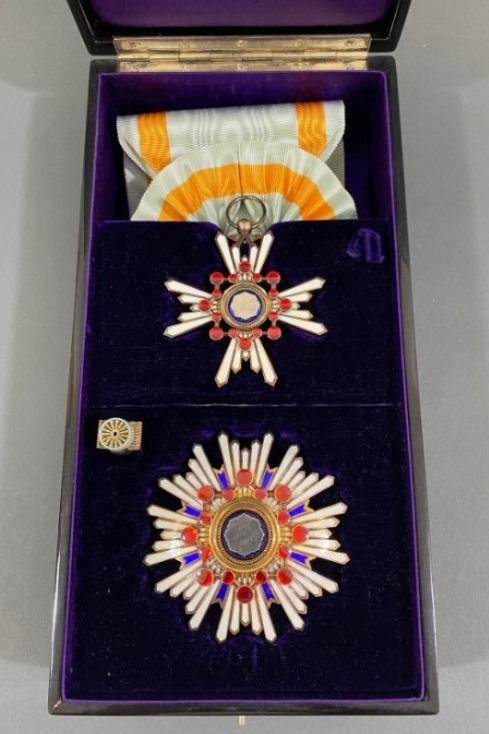
(1).thumb.jpg.38cff8cd9c5d55311a4208b0a83448ba.jpg)

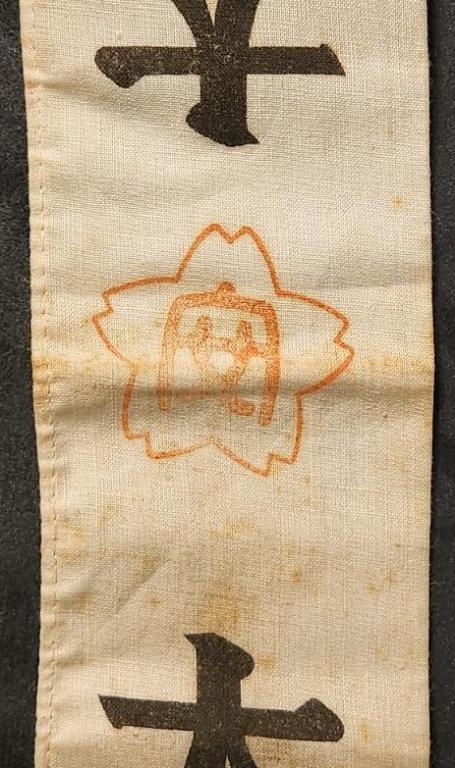


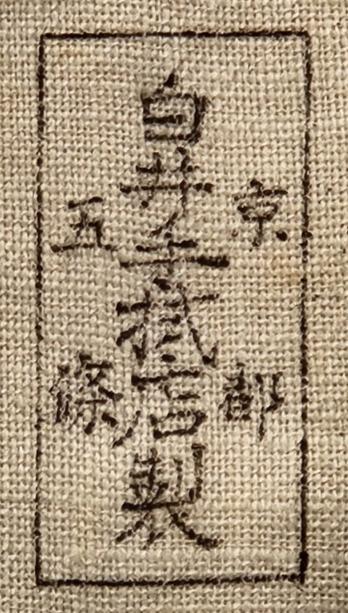
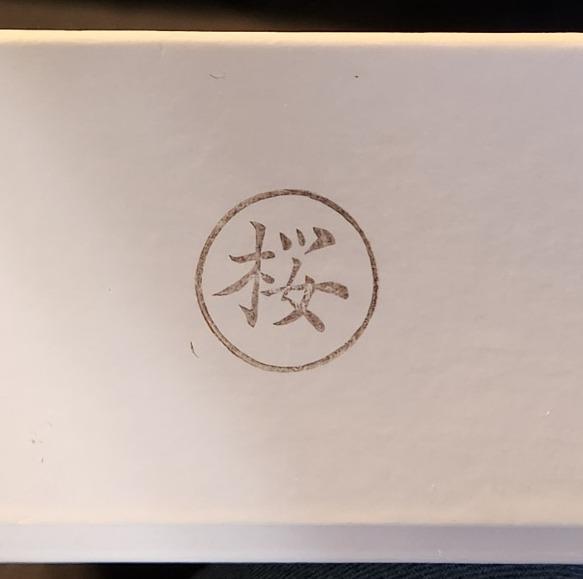
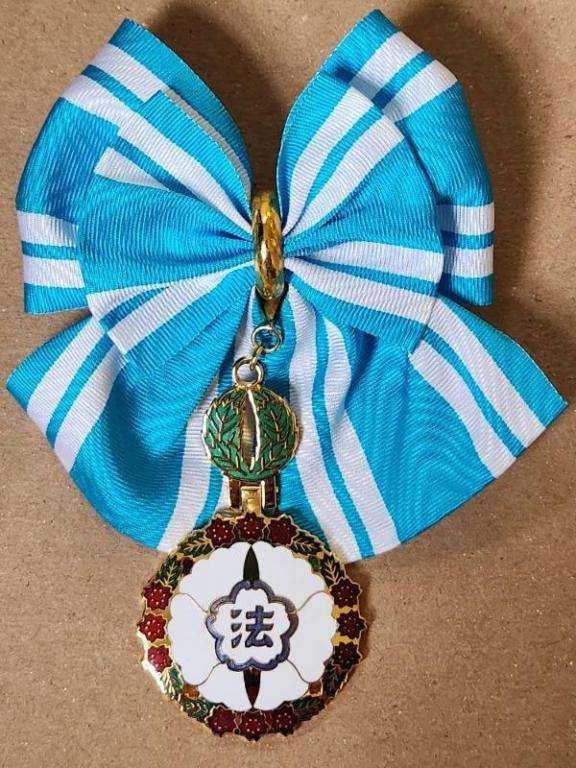
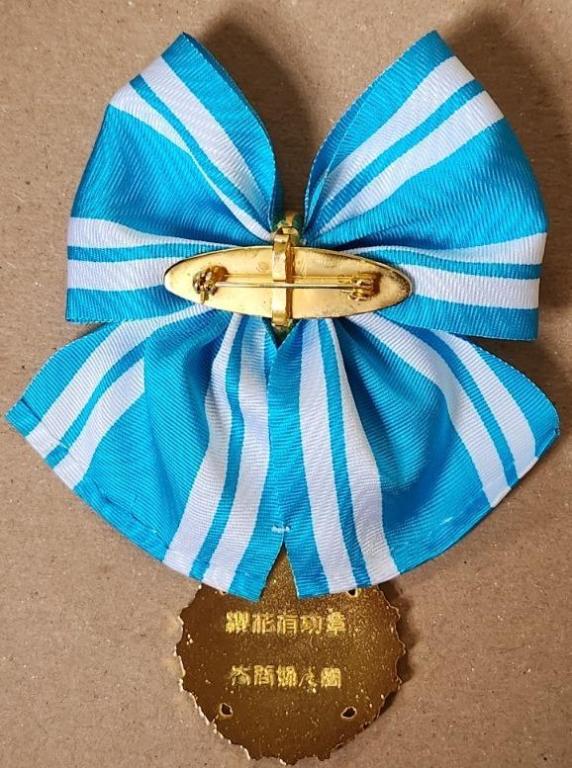
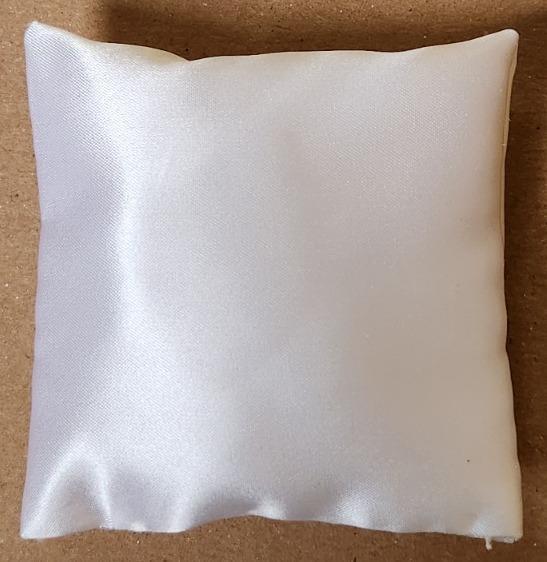
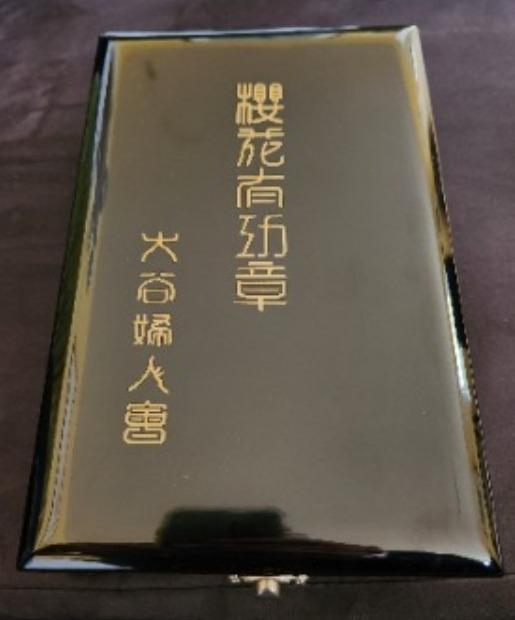
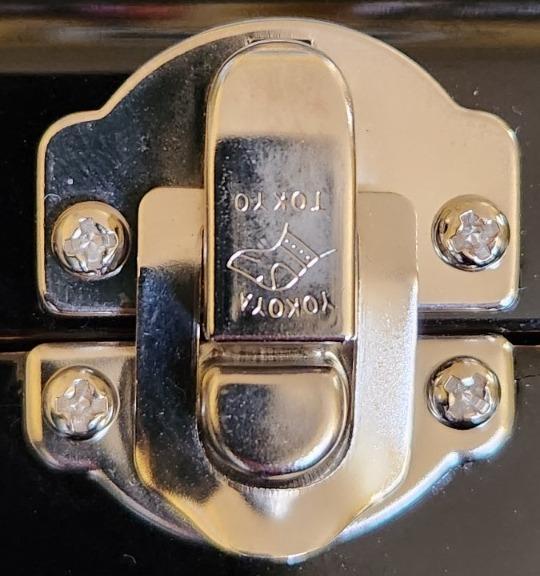
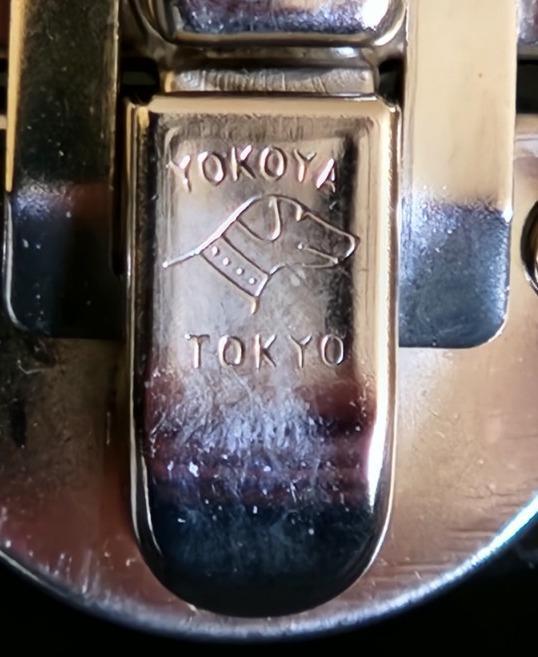


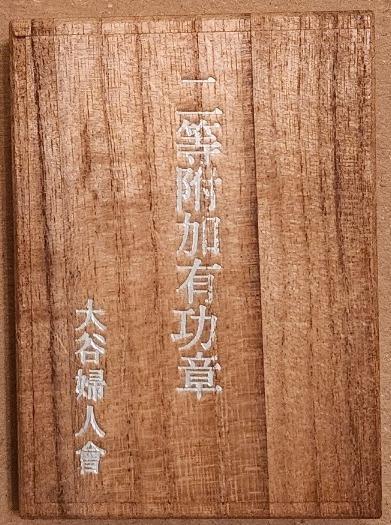
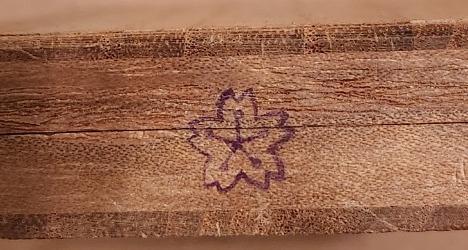
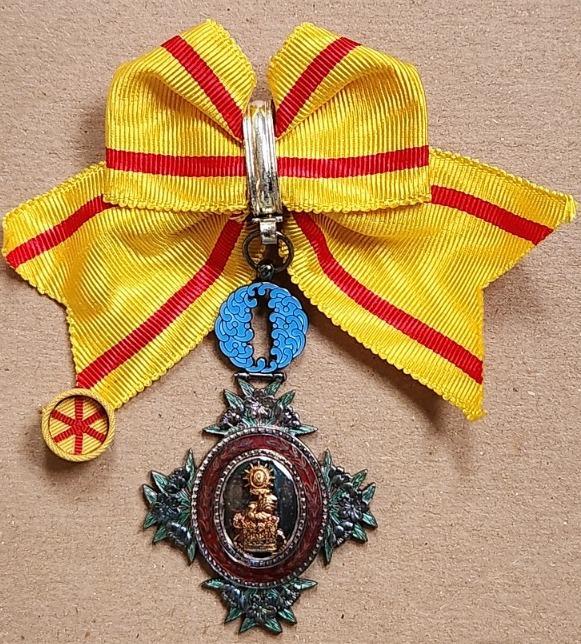
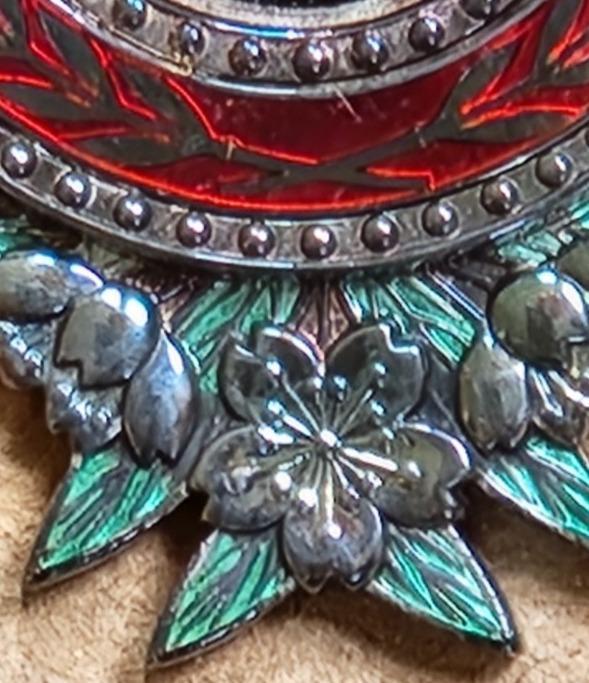
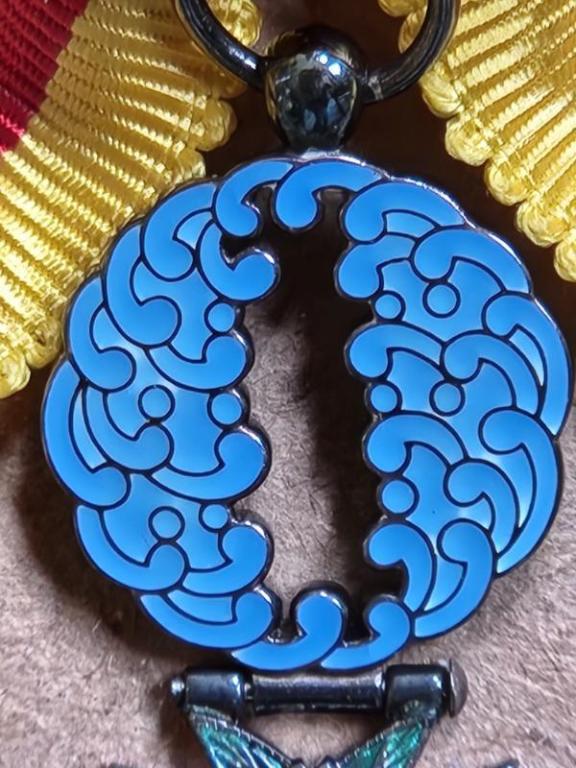
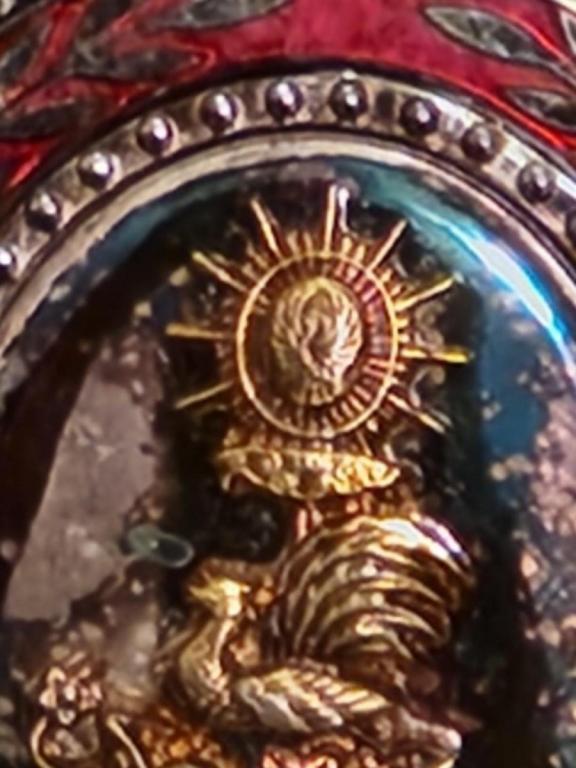

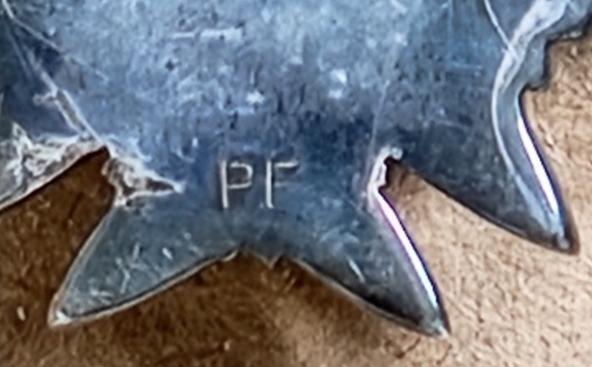
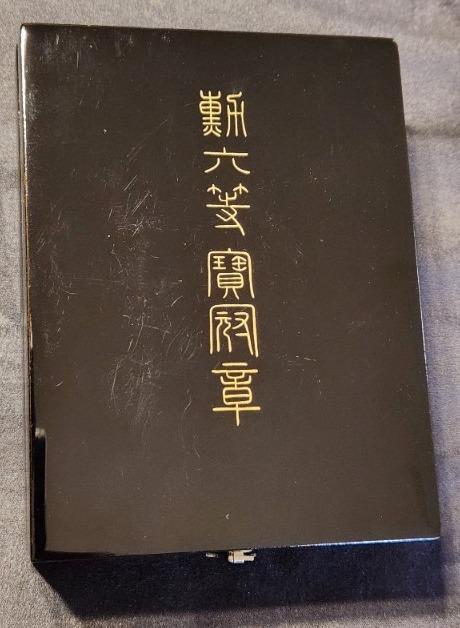
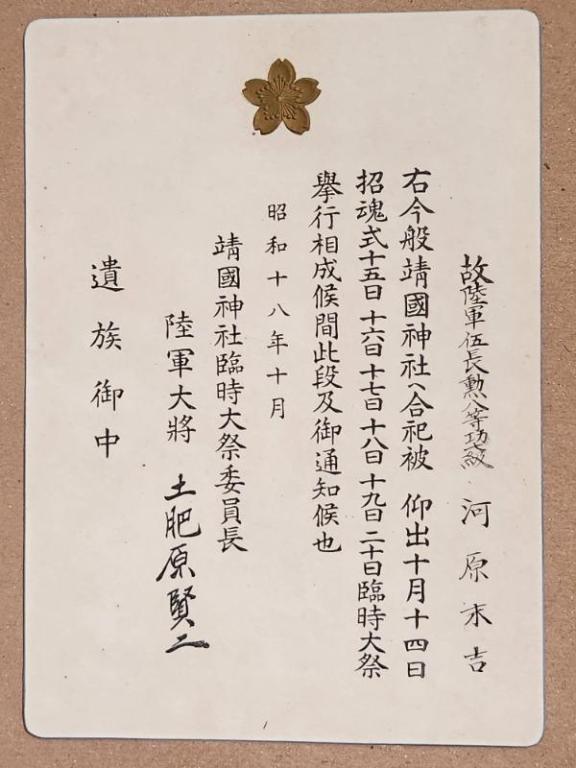
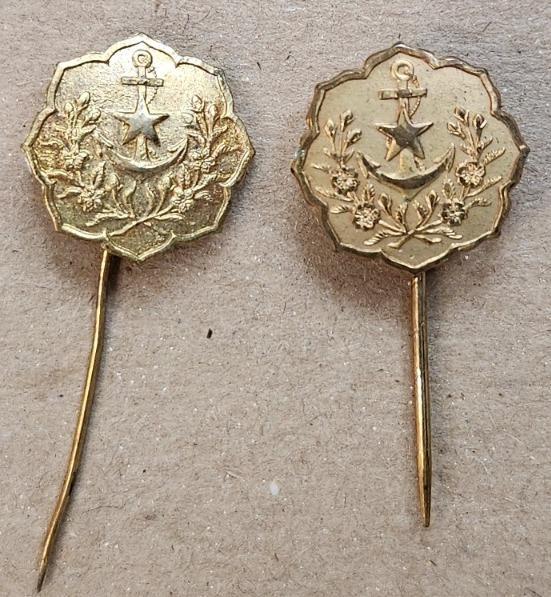
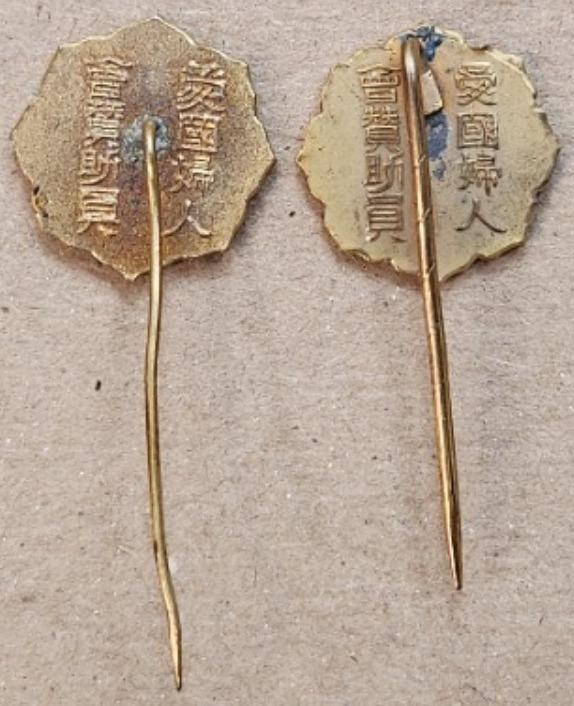
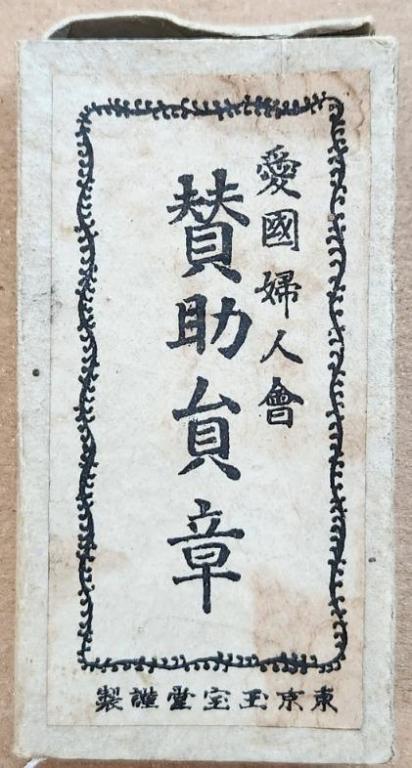
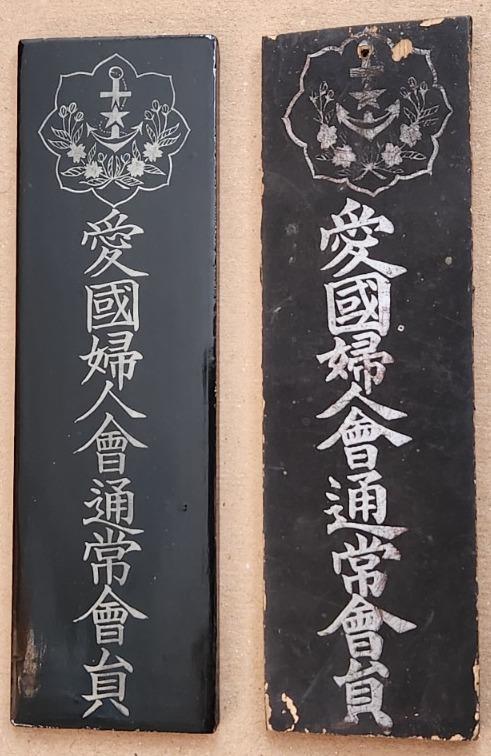
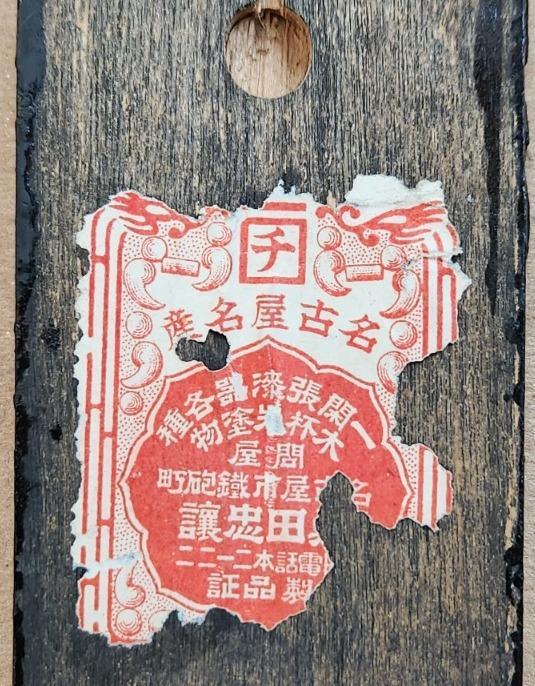


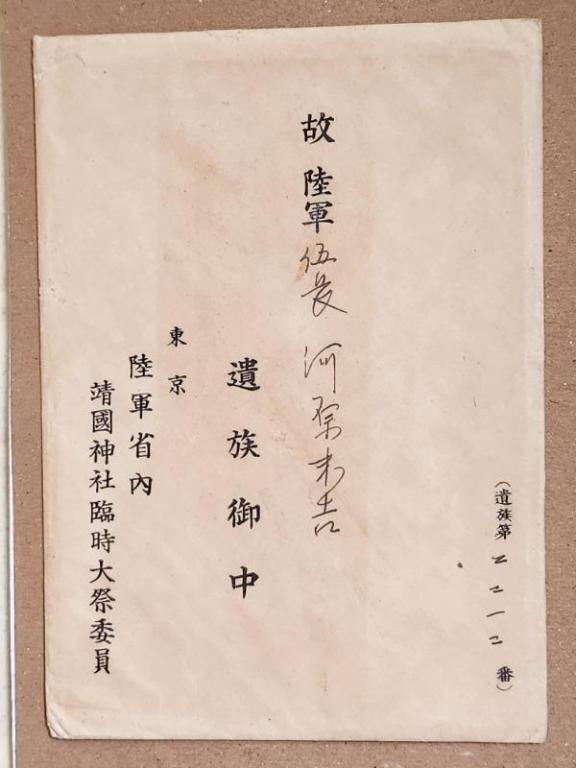
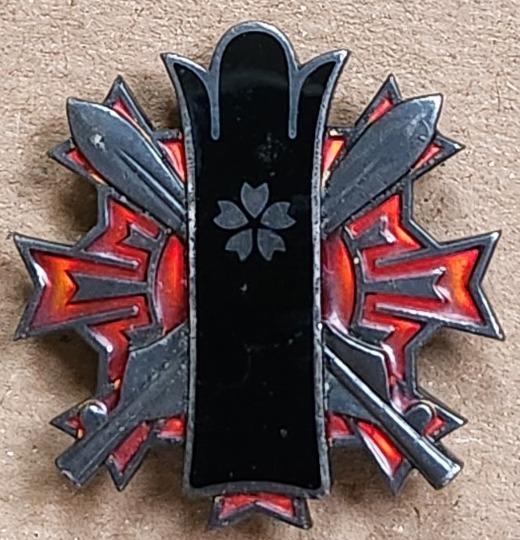
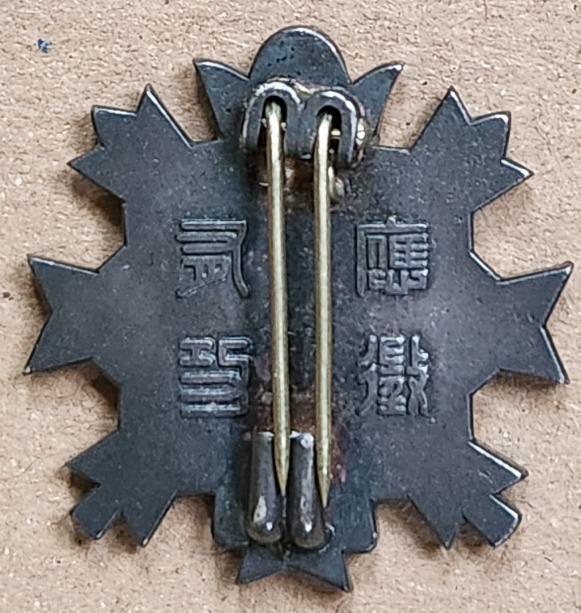
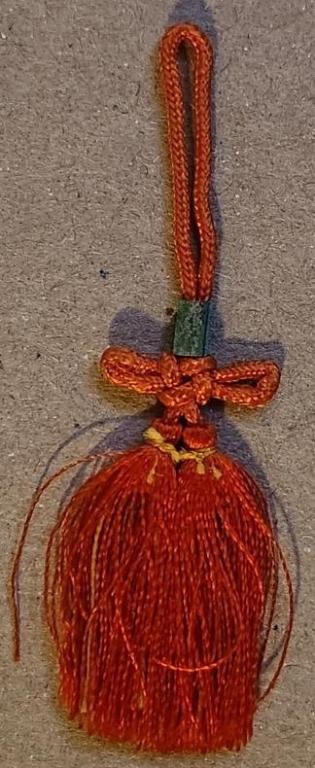

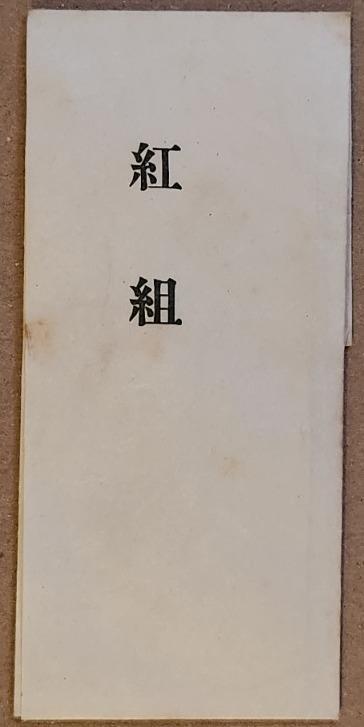

"Dai Nippon Defense Women's Association / 大日本国防婦人會 / Nippon kokubō fujin kai"
in Japan
Posted
No One,
Very interesting hypothesis.
Tracy